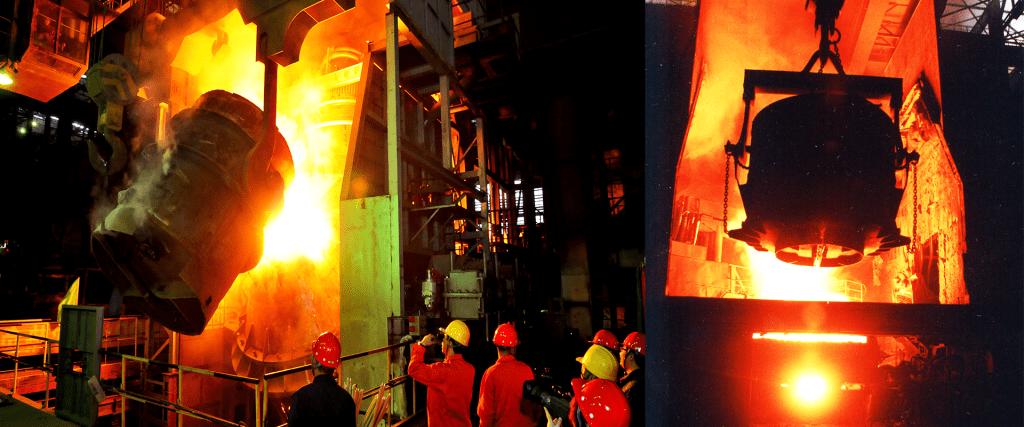Advanced steel forging processes utilize modern technologies and techniques to enhance the efficiency, precision, and quality of the forging operation. Here are some advanced steel forging processes:
- Precision Forging:
- Description: Precision forging involves the use of advanced machinery and controls to achieve tight tolerances and high precision in the final product. Computer Numerical Control (CNC) technology is often employed for accurate and repeatable results.
- Electromagnetic Forming:
- Description: Electromagnetic forming uses electromagnetic forces to deform the material. This method allows for complex shapes and is often used for high-precision components. It is particularly useful for materials that are difficult to deform using traditional methods.
- Net Shape Forging:
- Description: Net shape forging aims to produce components with minimal or no need for additional machining. This process reduces material waste and enhances efficiency. It is often employed in industries where cost and material utilization are critical factors.
- Hydraulic Press Forging:
- Description: Hydraulic press forging involves the use of hydraulic presses to apply controlled force during the forging process. Advanced hydraulic systems and controls allow for precise force application, resulting in consistent and high-quality forgings.
- Warm Forging:
- Description: Warm forging is performed at temperatures below the recrystallization point of the material but higher than room temperature. This process allows for improved material flow and reduced die wear, resulting in enhanced mechanical properties of the forged part.
- Closed Die Forging with Simulation:
- Description: Closed die forging involves shaping the material within dies, and simulation tools are used to optimize the process. Finite Element Analysis (FEA) is often employed to simulate the forging process, allowing manufacturers to predict and optimize the material flow, reduce defects, and enhance the final product’s properties.
- Isothermal Forging:
- Description: Isothermal forging is conducted at a constant temperature, providing a more uniform and controlled deformation process. This technique improves material flow, reduces die wear, and enhances the mechanical properties of the forged components.
- 3D Printing (Additive Manufacturing) for Preforms:
- Description: In some advanced applications, 3D printing or additive manufacturing is used to create preforms that are later forged into the final shape. This approach allows for complex geometries and efficient material usage.
- Roll Forging:
- Description: Roll forging involves passing the material through a set of rotating rolls to achieve the desired shape. This continuous process is
- often used for long or cylindrical components.
These advanced forging processes leverage technology and innovation to improve the precision, efficiency, and capabilities of traditional forging methods, meeting the demands of modern industries for high-performance and high-quality forged components.

